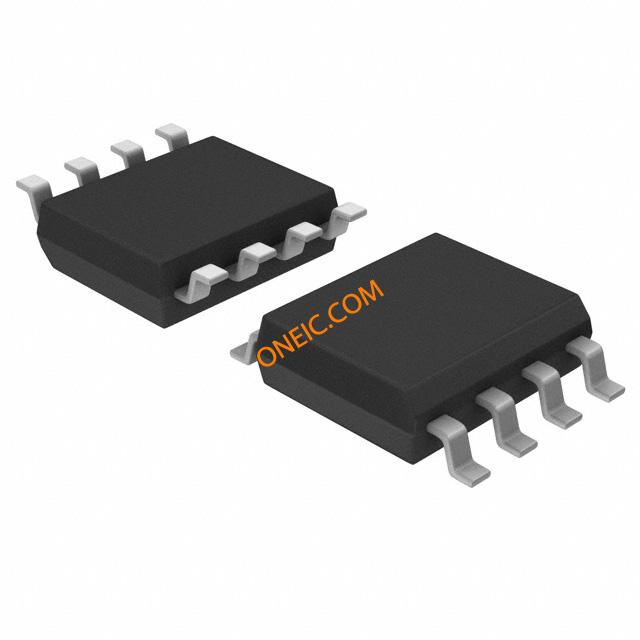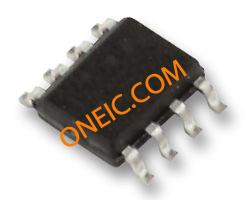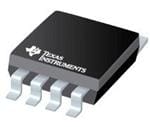SN75LBC031D
High-speed CAN transceivers for industrial applications, 8-pin SOIC
Manufacturer: ['rochester', 'analog-devices', 'ti']
series introduction
# SN75LBC031D Product Series Introduction
## 1. Overview
The SN75LBC031D is a remarkable product series that belongs to the realm of integrated circuits, specifically designed for applications in communication and signal transmission. These devices are engineered to meet the demanding requirements of modern electronic systems, offering high - performance, reliability, and flexibility.
## 2. Key Features
### 2.1 Electrical Characteristics
- **Low Power Consumption**: The SN75LBC031D series is designed with power efficiency in mind. It operates at relatively low power levels, which is crucial for battery - powered devices or systems where power conservation is a priority. This low power consumption not only extends the battery life of portable devices but also reduces the overall heat dissipation, enhancing the system's stability.
- **High - Speed Data Transmission**: These devices support high - speed data rates, enabling rapid and efficient communication between different components in a system. Whether it is for industrial automation, automotive electronics, or data networking applications, the ability to transmit data at high speeds ensures that the system can operate in real - time and handle large amounts of information.
- **Wide Supply Voltage Range**: The SN75LBC031D can operate over a wide supply voltage range. This flexibility allows it to be easily integrated into various systems with different power supply configurations. It can adapt to different voltage levels, making it suitable for a diverse range of applications, from low - voltage consumer electronics to high - voltage industrial equipment.
### 2.2 Signal Integrity
- **Differential Signaling**: The series utilizes differential signaling technology. Differential signals are less susceptible to electromagnetic interference (EMI) and noise compared to single - ended signals. This results in a more reliable and accurate data transmission, especially in noisy environments such as industrial settings or automotive cabins. The differential signaling also helps in reducing crosstalk between adjacent signal lines, further improving the signal quality.
- **Output Driver Strength**: The output drivers of the SN75LBC031D are designed to have sufficient strength to drive long transmission lines. This ensures that the signals can travel over relatively long distances without significant degradation. Whether it is a few meters in a local area network or longer distances in an industrial control system, the output driver can maintain the integrity of the transmitted signals.
### 2.3 Protection Features
- **ESD Protection**: Electrostatic discharge (ESD) is a common threat to electronic components. The SN75LBC031D series is equipped with ESD protection circuitry. This protection helps to prevent damage to the device from sudden electrostatic discharges, which can occur during handling, installation, or normal operation. It enhances the reliability and durability of the product, reducing the risk of premature failure.
- **Over - current and Over - voltage Protection**: To safeguard the device from abnormal operating conditions, the SN75LBC031D has built - in over - current and over - voltage protection mechanisms. In case of a short - circuit or an over - voltage event, these protection features will activate to prevent damage to the internal components of the device, ensuring the long - term stability of the system.
## 3. Package and Pin Configuration
The SN75LBC031D is available in a variety of package types, such as small - outline integrated circuit (SOIC) packages. These packages are designed to be easily mounted on printed circuit boards (PCBs), providing a convenient and reliable way to integrate the device into a system.
The pin configuration of the SN75LBC031D is carefully designed to facilitate easy connection to other components. The pins are clearly labeled for input, output, power supply, and ground, making it straightforward for engineers to wire up the device in their circuit designs.
## 4. Applications
###
Images for reference

8-SOIC

Image Preview

Image Preview